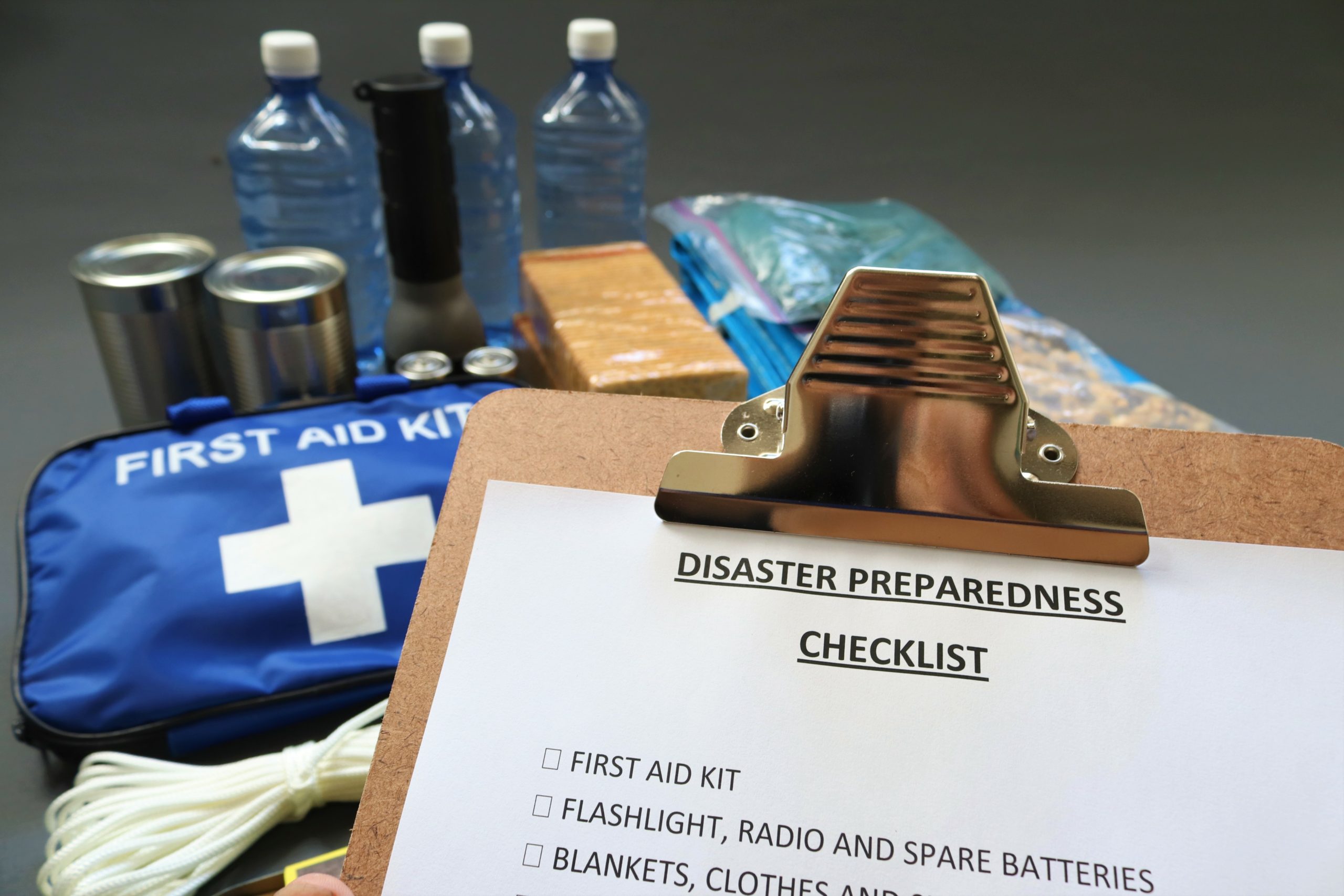Preparing Your Home for a Hurricane

Did you know September is National Preparedness Month? Launched in 2004, FEMA established National Preparedness Month as a way to raise awareness about the importance of preparing for disasters and emergencies that could happen at any time.
Make a plan
If you do not already have one in place, create a disaster plan. A disaster plan is not only for hurricanes – but all disasters that can occur within your area. It’s important to think about your disaster plan before any real disasters happen, so when it’s really happening you are able to react fast and efficiently. Your plan should include the following:
- How will you receive and on what device will you be getting emergency information from?
- Prepare to take shelter at home, at a mass care shelter, or sheltering in place
- Which routes will each member of your household take to get to safety if you need to evacuate the house?
- Determining emergency meeting places your household can go to that is safe from danger where you can all reunite.
- Having an emergency preparedness kit available in a place that is known to everyone in the household.
Secure the Exterior
When a hurricane is expected to hit, it’s essential to get the exterior of your home ready to brace the extreme weather. Collect all outside patio furniture, potted plants, bikes, and toys to bring them indoors or to a secured shed. If outside furniture cannot be taken indoors, be sure to anchor them down very well. In advanced, trim any tree limbs that have the potential to break and fall onto your property. If the winds are expected to be extreme, it may be a good idea to board up your windows – FEMA recommends boarding up windows with 5/8” plywood that can be cut to fit.
Keep Supplies Handy
Having the right supplies on hand when a hurricane hits your community is extremely important. Depending on the forecasted severity, be sure to have lots of water – at least a three-day supply. Some other supplies that will benefit you and your family are nonperishable foods, batteries, medications, candles, matches, games and activities, first aid kit, blankets, toilet paper, and other sanitary items. Oftentimes the paths of hurricanes can be predicted, but other times a storm can hit with little warning. So be sure you are always ready with these items.
Charge Up
Before a storm hits, you’ll want to make sure you have enough fuel for your cars and generators if you have any. Similarly, be sure to charge all electronic devices you will need if and when the power goes out. Check any generators you will be using ahead of time, to prevent any issues or delays while in an emergency. If you have a garage, it’s a good idea to bring your cars into the garage before the storm hits. If you don’t have a garage, try to make sure your car is not parked under any trees, power lines, or in low elevated areas. If you are able, move your car to the highest ground as possible on your property to prevent water damage.
After The Storm
You must stay vigilant even after the brunt of the storm is over. Flood waters can be contaminated with all kinds of bacteria, including infectious disease, as well as chemical hazards, and dangerous debris that can cause serious injuries. Also depending on your area, wildlife can be hiding in the flood waters such as snakes and alligators. According to the CDC, the most common flood deaths occur when a vehicle is driven into hazardous flood waters. Avoid driving through flooded areas or standing water – as little as six inches can cause you to lose control of your vehicle. Pay attention to the water advisories from your local authorities to know whether the water in your house is safe for drinking and bathing.




